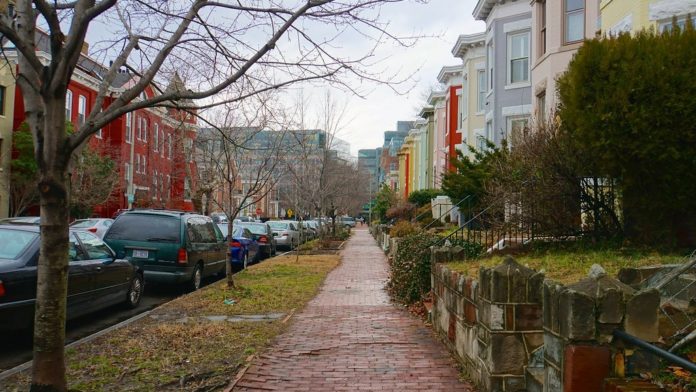Cardiovascular disease (CVD) is a leading cause of death worldwide and poor exercise habits are a major driver of this trend. According to a 2016 government report, only two in 10 Canadians achieve the recommended 150 minutes of exercise weekly as per official guidelines.
A new report led by researchers from St. Michael’s Hospital in Toronto suggests that the ‘walkability’ of your neighbourhood could influence your chance of developing CVD. Walkability is the degree to which neighbourhoods make it easy for people to be physically active. It has been linked to increases in walking, cycling, overall physical activity, and decreased car use.
A total of 45,000 individuals aged between 40 and 74 and living in one of 15 urban centres in Ontario were included in the analysis.
Researchers created a ‘walkability index’ to determine a neighbourhood’s walkability. The index was based on items such as population density, dwelling density, street connectivity, public transport, and the number of accessible destinations like banks, grocery stores, and restaurants. The results were adjusted for a number of potential confounders like sociodemographic factors and comorbidities.
The report’s key takeaway was that people living in less walkable neighbourhoods had up to a 33% higher risk of developing CVD over 10 years.
Researchers found that key markers of an increased CVD risk were more common in these areas. Higher mean blood pressure and diabetes rates along with a lower mean HDL cholesterol (‘good’ cholesterol) were more prominent in less walkable neighbourhoods.
“The findings demonstrate that walkability is associated with clinically relevant differences in cardiovascular disease risk,” said lead author Nicholas Howell in a press release. “From a public policy perspective, the findings support the idea that the benefits of walkable neighbourhoods could be significant enough to move the dial for individual health.”
Previous research in this area has shown that community design can also play a big role in promoting healthier lifestyles.
Results may mean other factors could offset the CVD risk
In the paper, the team noted they did not observe a completely linear relationship since some people in the mid-tier walkable neighbourhoods had the highest risk for CVD. It was unclear to the team how significant this finding was since the overall trend of less walkability leading to a greater CVD risk remained true.
One possible explanation for this anomaly is smoking, which was less prominent among those living in less walkable neighbourhoods. The authors note this finding may partially offset the CVD risk due to the higher smoking rates in more walkable neighbourhoods. They added that it was unclear why this trend was occurring, but some highly walkable areas also suffered from poverty which may explain it.
Other factors may be at play at the level of the individual person or neighbourhood, too. They argue that suburban areas are closer to rural areas and outdoor recreation facilities which could act as independent drivers of exercise. Mid-tier areas might simultaneously lack the benefits of the inner city’s highly-dense, walkable areas and the greenspace accessible to suburban dwellers.
“This research demonstrates that a future cardiovascular risk can be predicted based on the walkability of your residence,” said senior author Gillian Booth in the press release. “This research should be an encouragement for those living in less walkable neighbourhoods to source physical activities in other ways.”








































